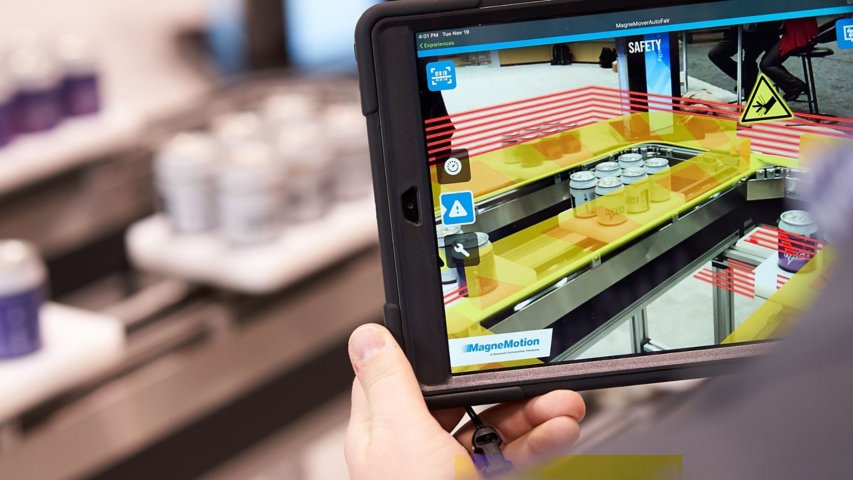Recommended For You
I'm an amateur triathlete. It all started with a few of my Rockwell Automation colleagues looking for a way of staying fit and doing mini-triathlons. It's a great way to blow off the cobwebs of a busy life working with industrial safety technology.
One third of the triathlon is on the bike, of course and when I train I get into a zone and let my mind wander where it will, including thinking about the safety solutions we recommend to our customers. A parallel with bike technology recently occurred to me when thinking about how to approach a solution for a customer who wasn't sure if they should go for a relatively simple relay-based solution or a more complex integrated safety controller.
Because, as with bikes, what's suitable for one situation may not be suitable for another. I have my competition bike for triathlons and training – saving every gram of weight, every second of time and using the very latest technology is vital for high performance. So that bike is carbon fibre with electric gear change mechanisms and the works. It takes a while to set up for a race, getting everything just right to be safe and quick.
I also have a steel framed touring bike that's robust, and well tried and tested, however, a lot heavier and much less efficient. It's more comfortable though and I'm actually much happier riding that for pleasure or if I'm with my young family. I can also service it myself, and probably fix most problems at the side of the road with a little toolset and a puncture repair kit. I wouldn't use my competition bike for a family ride and I wouldn't use my tourer for competition.
It's often the same thing with choosing the right safety solution too. It's a lot about preparation. Thinking carefully about what you need or may need in future will give you a good steer as to which solution to select. With very complex machines needing multiple I/O, or, if there is pre-existing control integration, or an advantage to be gained from having a single platform to perform safety, motion and discrete control, a safety controller is usually the right choice. There are many other potential advantages to a safety controller too – with efficiencies possible from the better data available to improve maintenance, fault diagnostics and much more besides. Similarly, if you are planning to add more to the machine, or require more integration with the plant in future, then overcoming the expense and challenges associated with implementing a safety controller could still be worthwhile.
Confirming the software is configured correctly may at first appear a daunting task when looking at the requirements listed in either IEC 62061 or ISO 13849-1, with further requirements outlined in IEC 61508-3. But if you know that it's a move you'll need to make to stay competitive, it's worth taking the step.
But just like with steel framed bikes like my tried and tested tourer, vendors are still offering and supporting simpler safety relay solutions. And that's because there is a valid need for them. Not every application needs or wants the added capability or complexity of an integrated safety controller. For many applications, that's still the best solution. It can be cheaper, much easier to validate and perfectly capable of fulfilling the safety needs of the application.
If you're not sure which solution is best for you, visit our dedicated safety solutions site.
Published July 13, 2015





